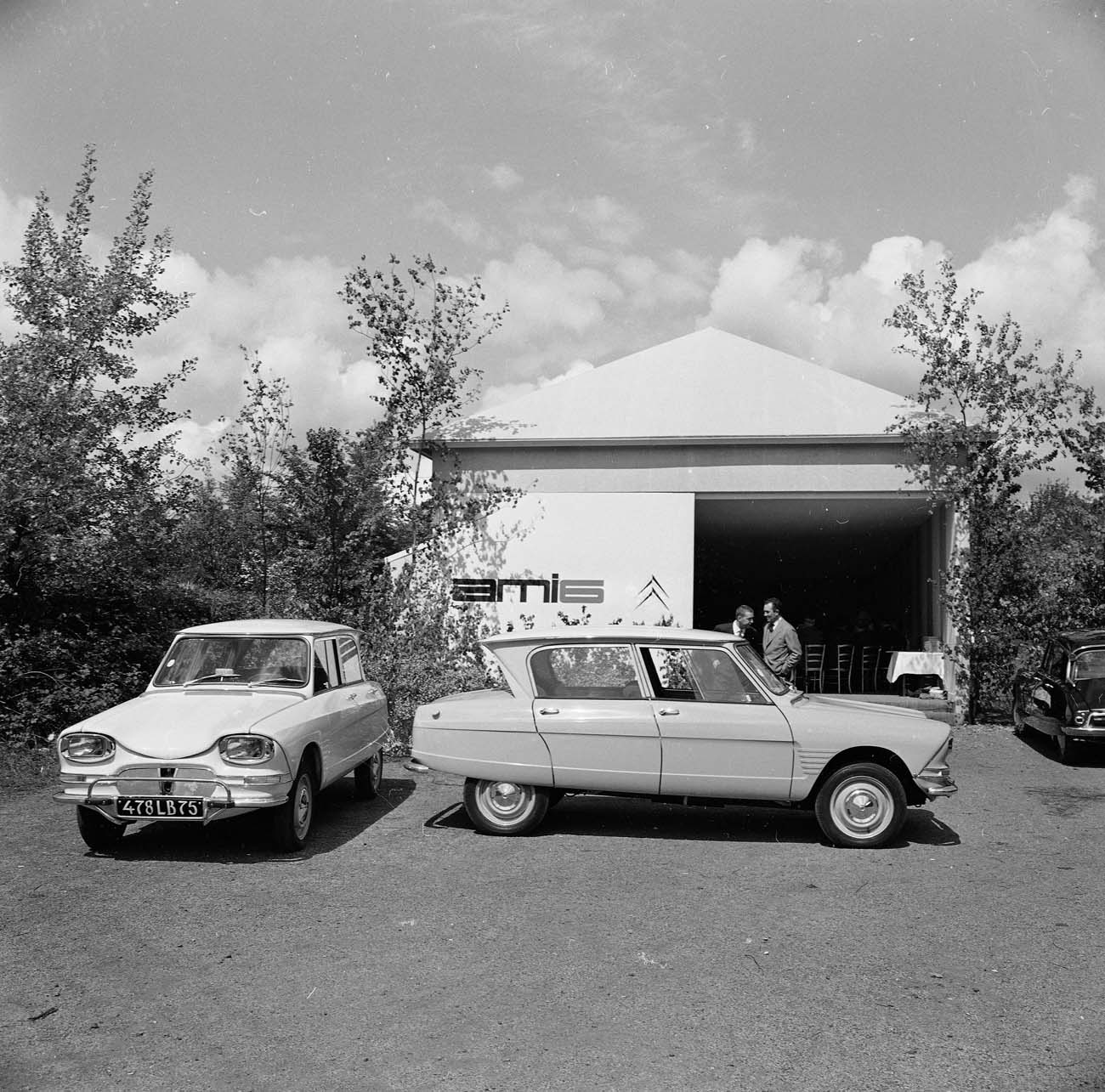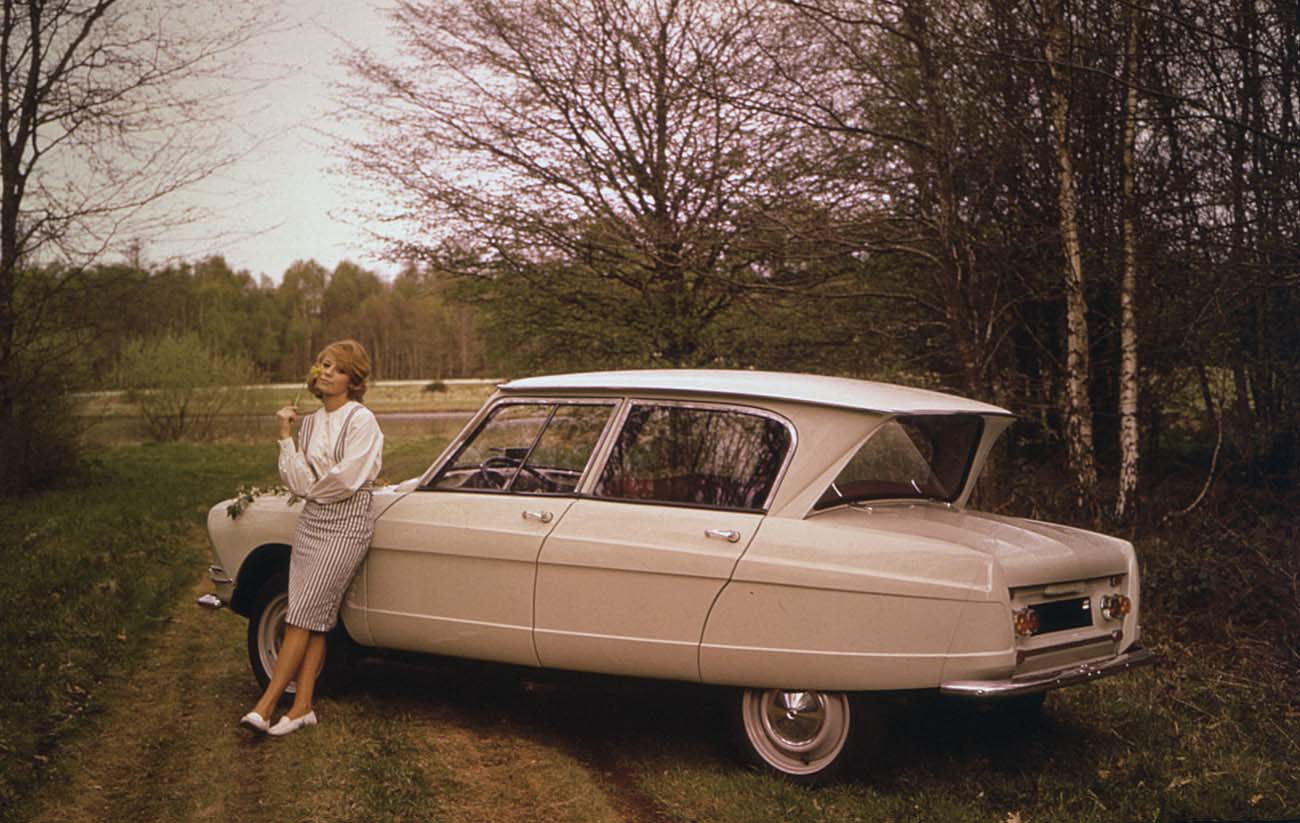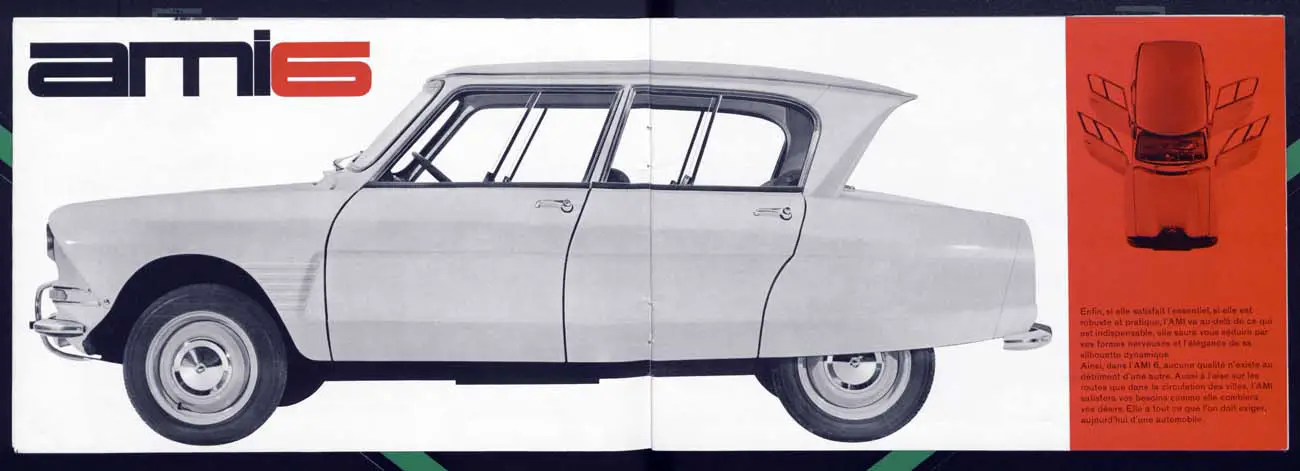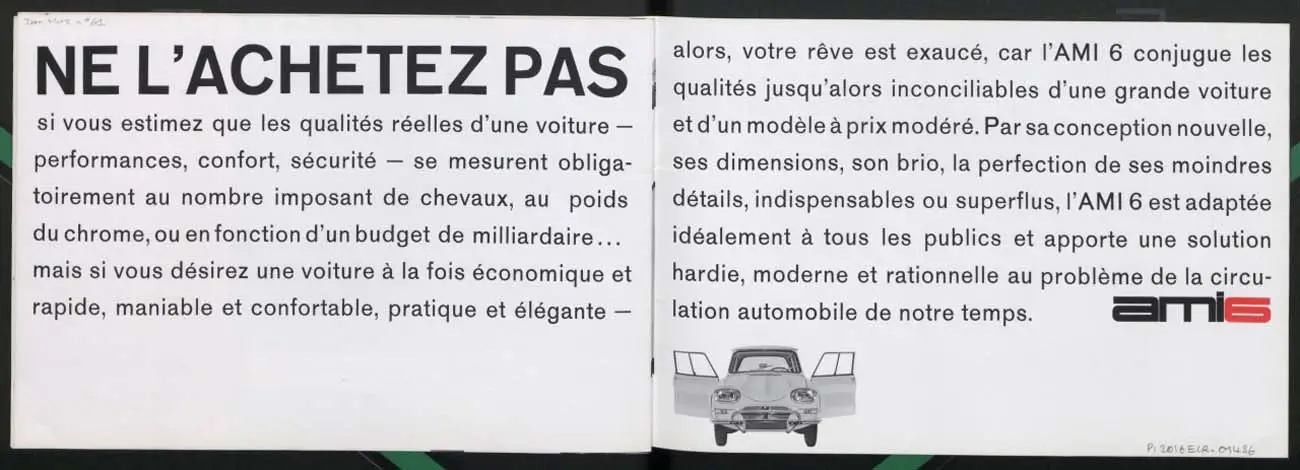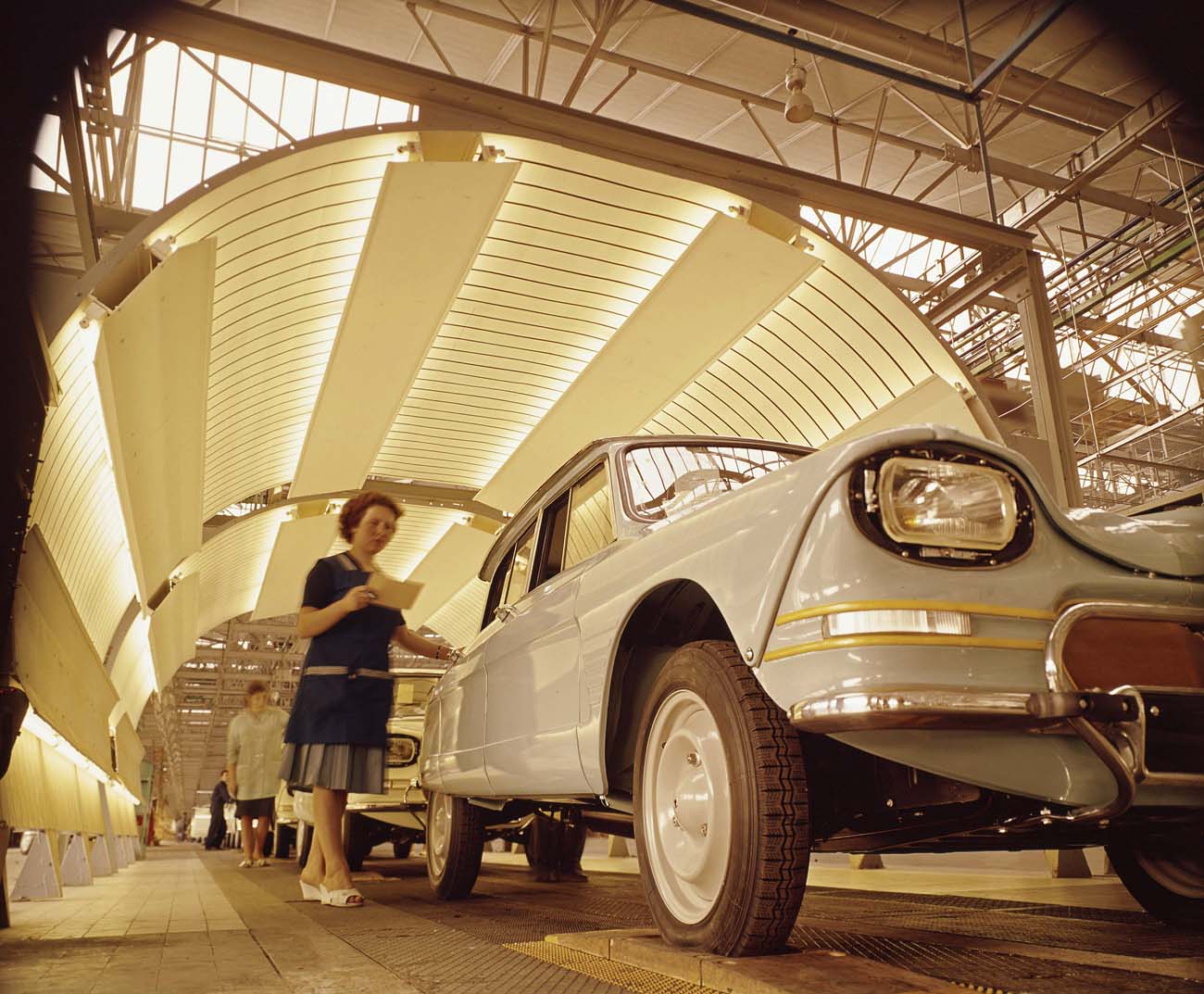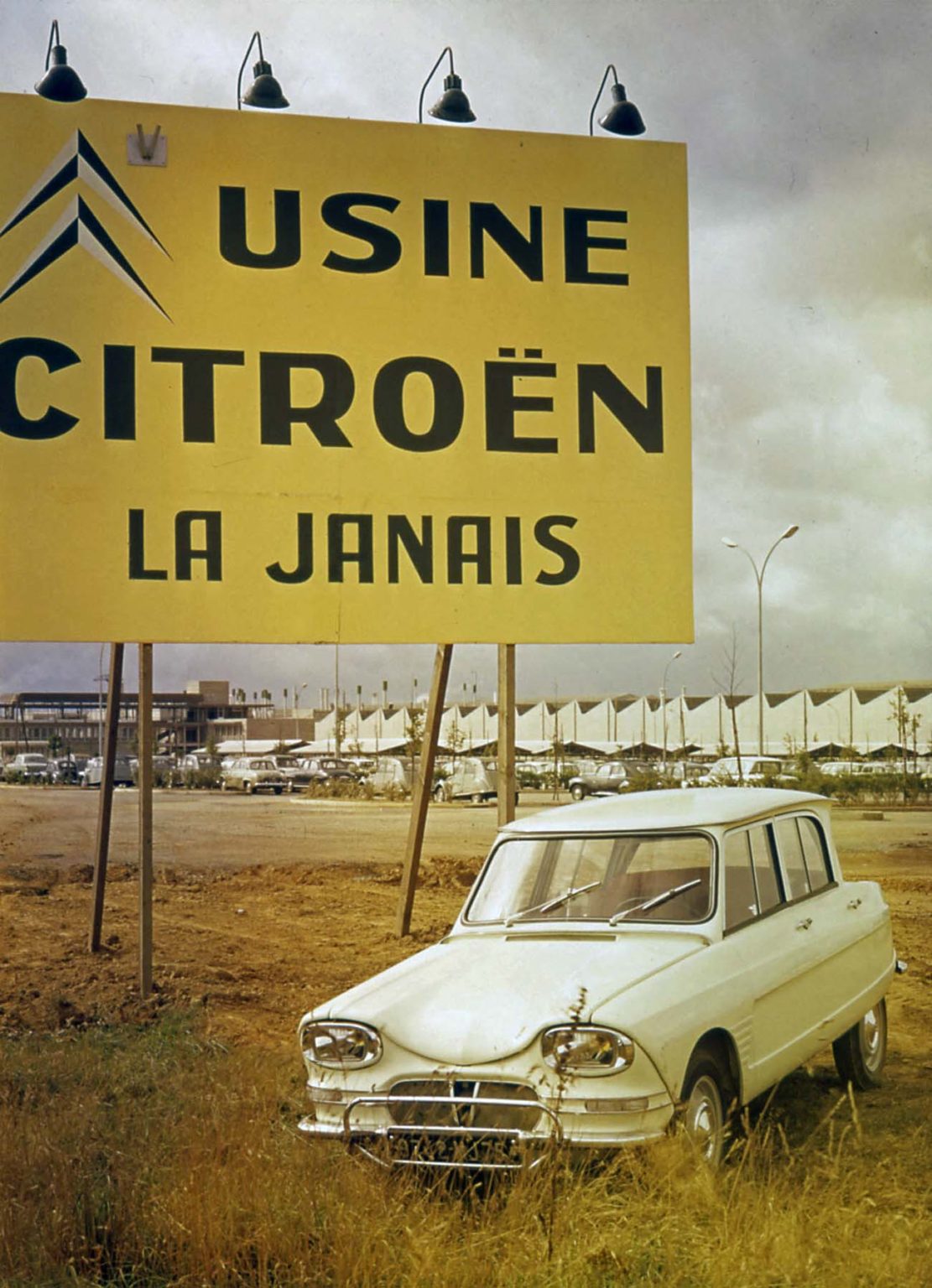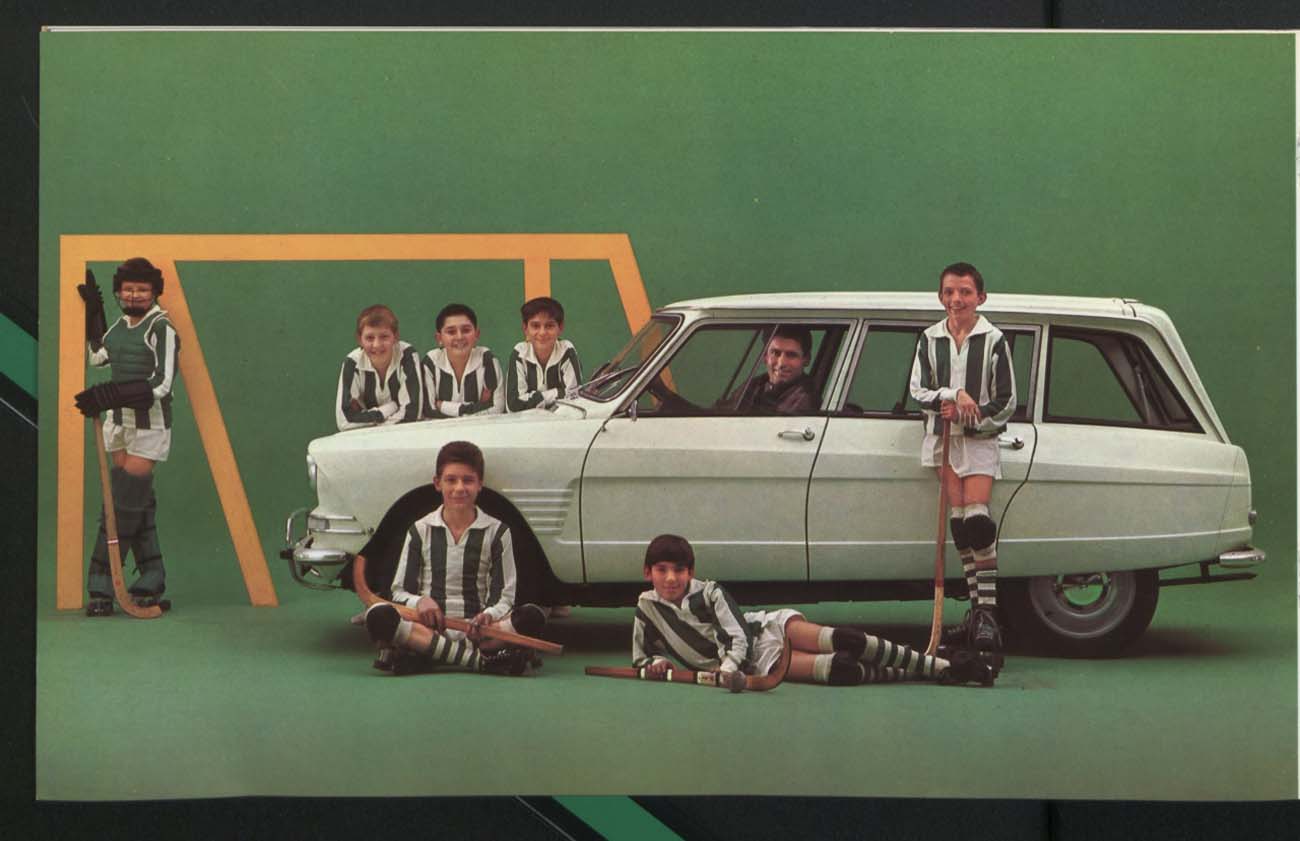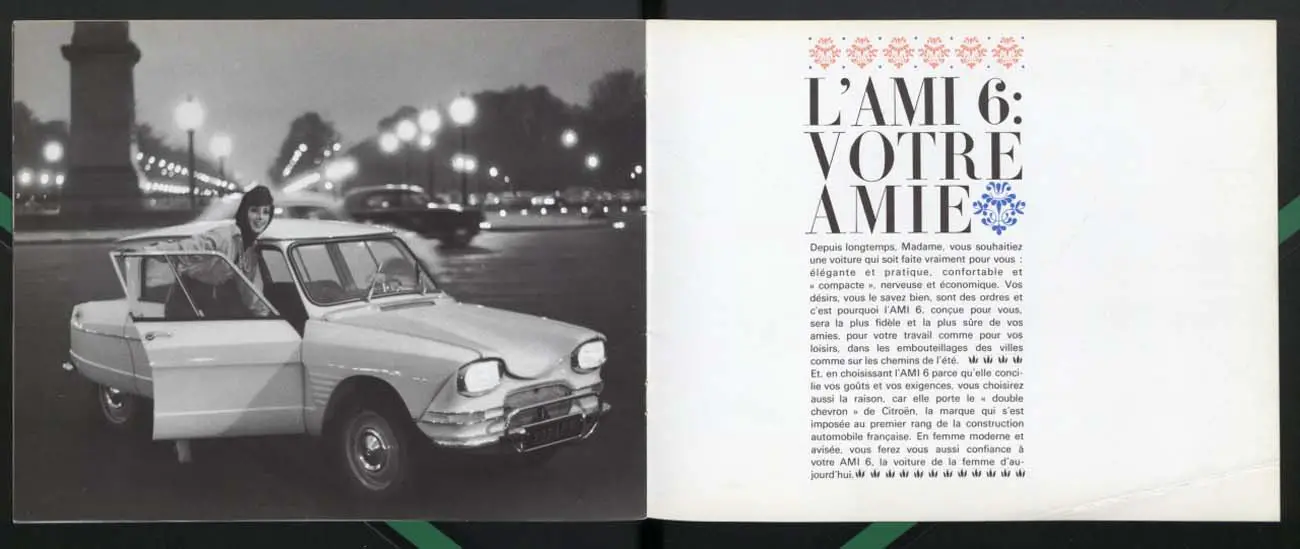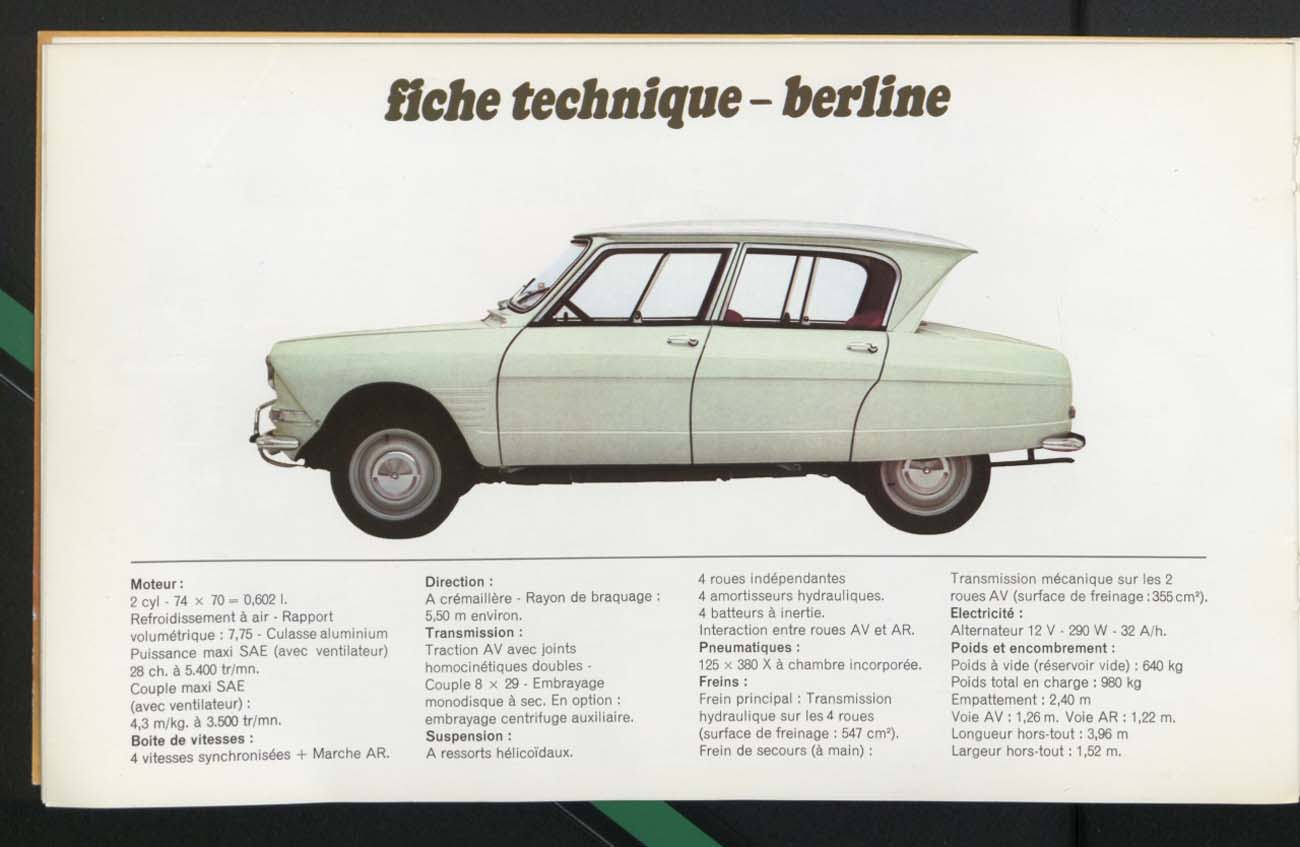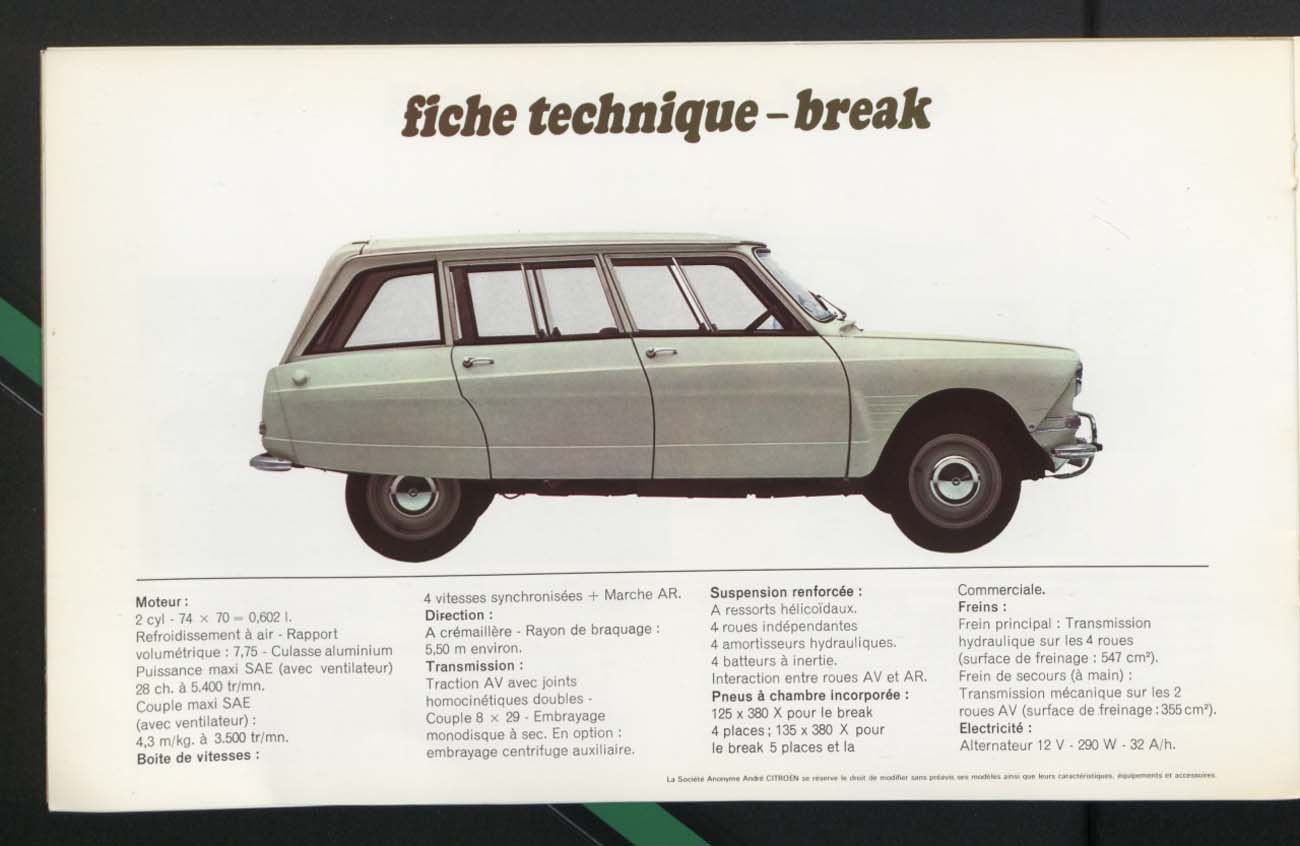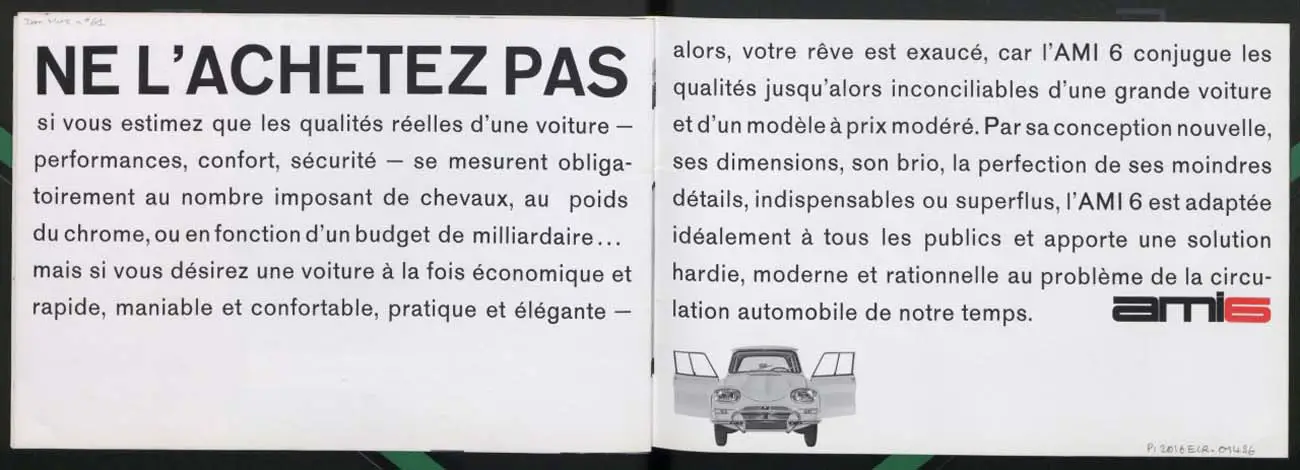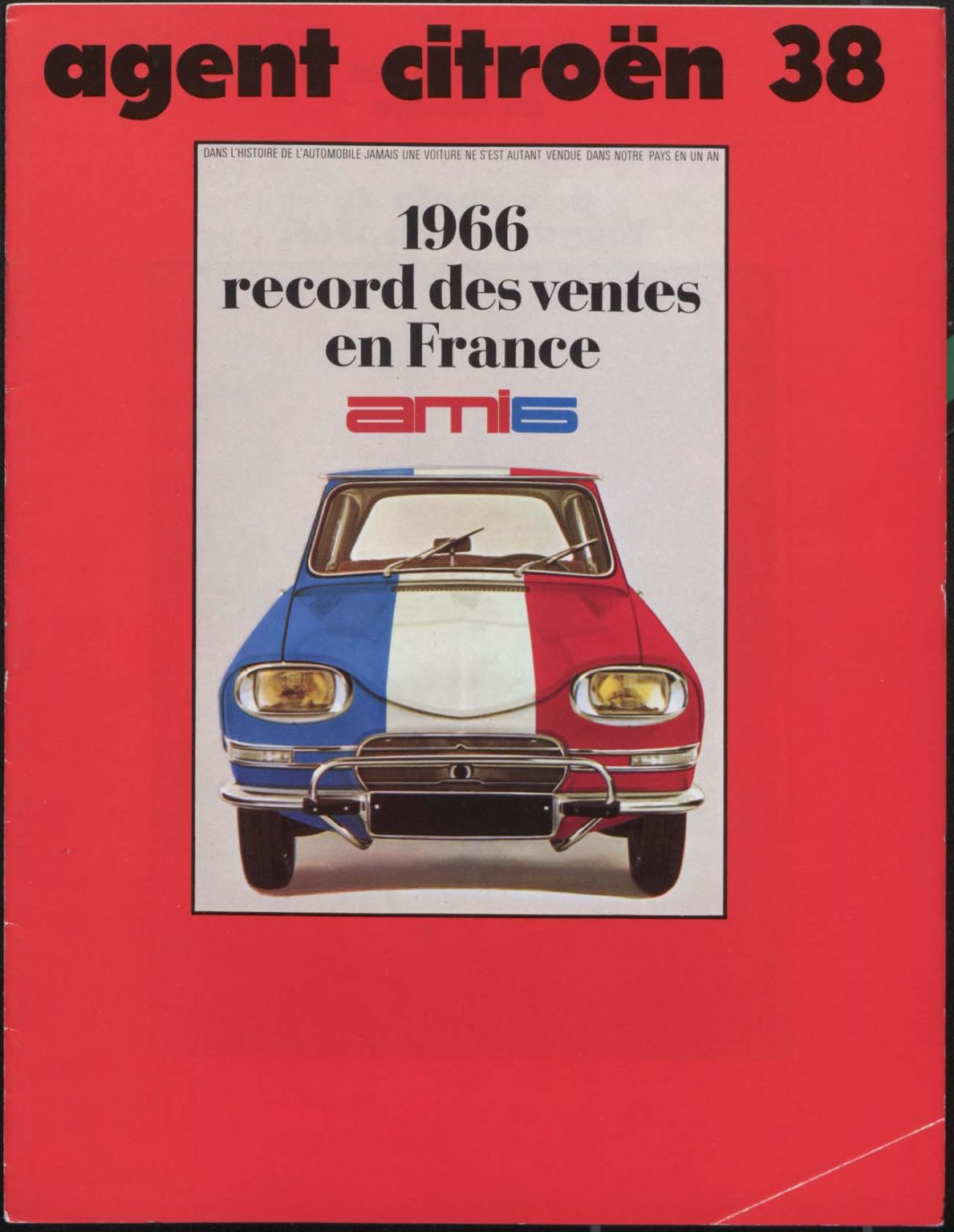
This year the Citroën Ami 6 celebrates its 60th anniversary. On the 24th of April 1961 Citroën presented the new Ami 6 to the press. This wasn’t just a new model, it was to be produced in a new production plant built in Rennes, France.
The Ami would first come as a saloon, or Berline, and would later be followed by an Estate. Known as Commerciale by Citroën.
The original press release announcing that:
“This model is in no way intended to replace the 2 CV, from which it differs considerably”.
It does. The Ami is a small car with a large interior and became known as the little big car. With its distinctive shape it is very much of its time. The profile at the rear being called the Z line.
The line-up at the time contained the 2CV, ID and DS. Citroën were missing a small car to bridge the gap between the 2CV and the much larger ID and DS range. Citroën turned to the same designer of all the other cars, Flaminio Bertoni. It might seem strange after having penned the DS that Bertoni proclaimed that the Ami was his masterpiece.
It is a clever piece of styling as essentially what was being developed was based on the chassis and running gear of the 2CV. This makes a lot more sense as Bertoni was given total control and could express himself fully without anyone interfering in the styling. The idea behind the inverted rear window was to keep it clear when it rains and allowing for a large boot with a conventional opening lid. This also allowed for more space in the rear seats as headroom needn’t be constrained. All this whilst keeping outside dimensions small.
